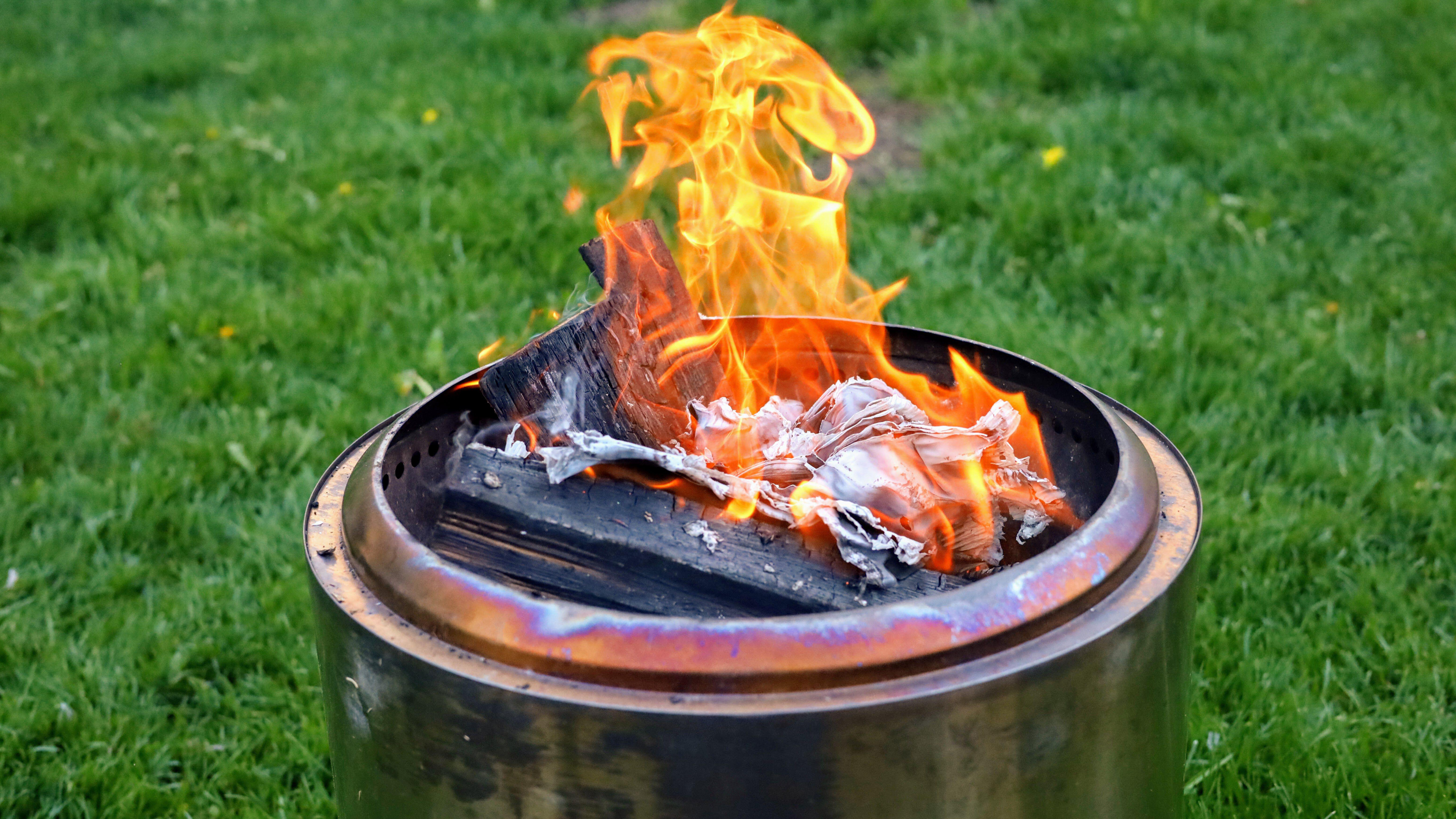
This advice on how to build a smokeless fire pit is for you if you love backyard DIY and want a nice weekend challenge.
Even the best fire pits typically produce a lot of smoke, which isn't ideal in several ways. Fire pit smoke is a significant source of outdoor air pollution. It also will stink out your clothes and make you cough, so reducing the amount of smoke your fire pit produces is definitely a good idea.
As it turns out, a smokeless fire pit is well within reach anyone who likes making things – and will hardly cost you anything.
What are smokeless fire pit sand how do they work?
Full disclaimer: smokeless fire pits aren't actually 100 percent smokeless. It isn't possible to eliminate all smoke if your burning medium is wood. However, the construction of a smokeless fire pit allows it to burn hotter and more efficiently, which produces less smoke.
Smoke is a byproduct of incomplete combustion. Complete combustion of wood produces only carbon dioxide and water. Incomplete combustion, when there is insufficient supply of oxygen, produces carbon monoxide, soot, and carbon dioxide. Needless to say, incomplete combustion creates ait pollution, which is bad for our health and for the environment.
Smokeless fire pits use a double-wall construction with added ventilation, which creates the right conditions for near-complete combustion, with ash collecting at the bottom of the firepit instead of sooty smoke being released into the air. This won't be a perfect process, but it's close enough for residential fire pit burning.
The most popular smokeless firepits right now are made by Solo Stove, and you can buy them on Wayfair and lots of other places.
As it happens, the design isn't very complicated and you can make one if you have decent DIY skills and a few hours to spend making it. If you know your way with a drill, this project is for you.
How to make a smokeless fire pit
You will need:
- Two stainless steel stock pots (can be bought on Amazon), one larger and one smaller. Get ones with steel lids, not glass ones. Your inner pot can be aluminum (it's much easier to drill through than stainless steel), and the outer will need to be steel.
- A drill, like one of these from Amazon
- A sanding bit available at Amazon
- An angle grinder – check these ones out on Amazon
1. Drill small holes along the base of your bigger pot
You'll find doing this easier if you pre-mark where your holes should be with a marker or pen – space them out about half an inch. Use 1/4 inch bit for the holes.
2. Remove the smaller pot's handles
Your smaller stock pot will need to fit inside the larger one, so you'll need to remove its handles. This won't be as simple as unscrewing them because typically stock pots have riveted handles. You can cut them off with an angle grinder. Do this carefully as you don't want to cut through the pot itself.
3. Drill holes in the smaller pot
Now use your 1/4 inch drill bit, drill holes throughout the base of your smaller pot, and some along the top. You don't need as many as in the perimeter of your larger pot, but you do need a few, as this will ensure the air circulates correctly in your fire pit.
4. Cut a hole through the lid
To ensure a snug fit, measure the dimater of your smaller pot and cut a hole in the larger pot's lid that is the same diameter. This means that you won't get heat escaping from the sides of your fire pit while you're using it. When you want to clean the ash from your fiirepit, you'll just lift the lid and the smaller pot will come out easily.
The best way to dirll the hole through the lid is by drilling lots of small holes right next to each other, until the center just pops out, a bit like the top of a can.
Voila, your firepit is ready to use.
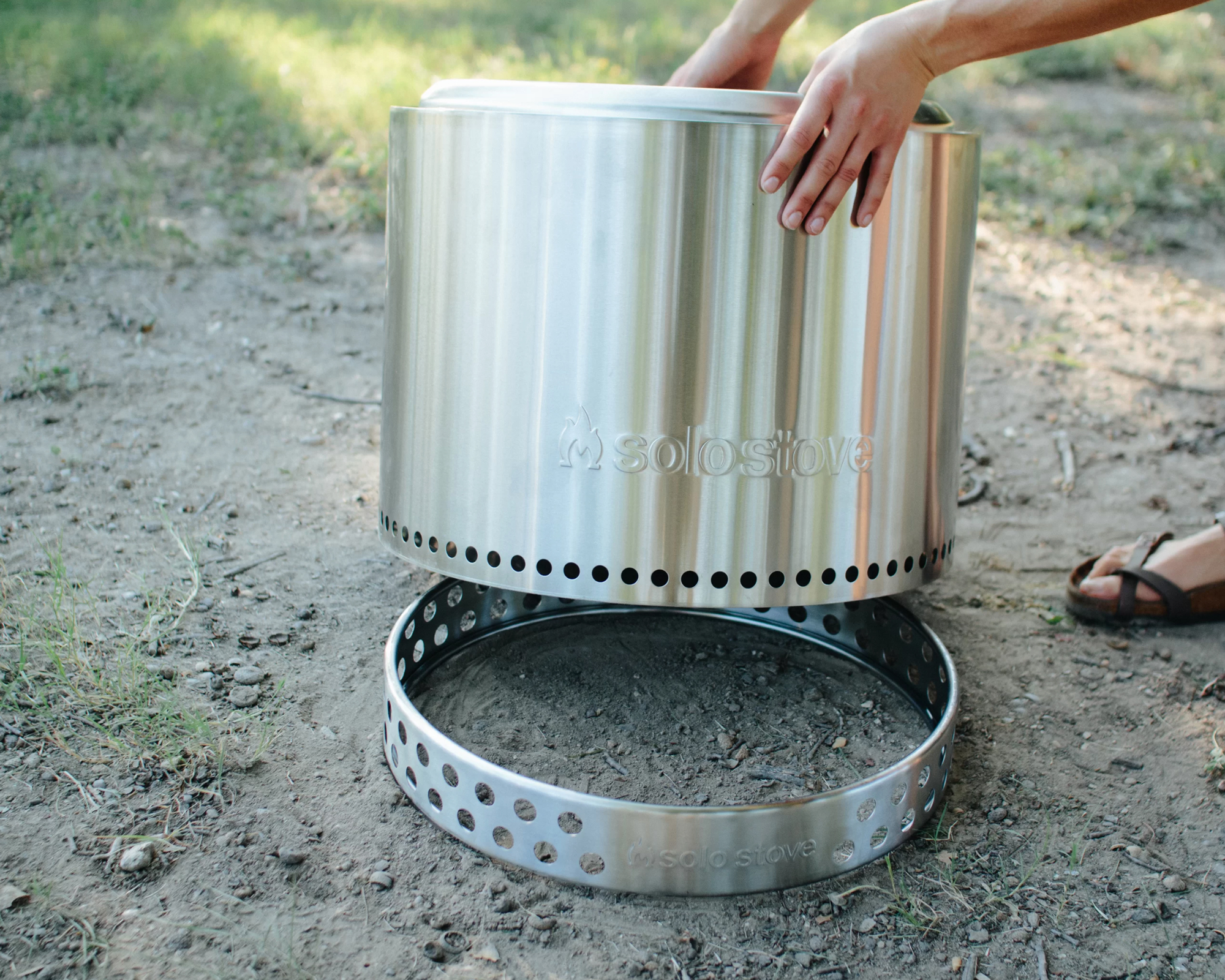
Can I make an existing firepit smokeless?
If you already have taken advantage of fire pit ideas and have a fire pit – a brick one, say, you can drastically reduce the amount of smoke it produces with a few simple tricks. Lenny Brickowsy, an ACHP-certified handyman from Cleveland and a consultant at Juliei Salone, recommends the following:
- Use only dry wood with a moisture content below 30%. This means that the firewood has to be kept out of the rain.
- Keep your firepit clean, dry, and ready to use; take the time to build a proper fire with teepeed wood because it burns longer and puts off less smoke. Basically, if you put larger logs at the bottom and smaller ones at the top, the fire will travel downwards, producing less smoke overall.
- Use hardwoods such as oak, ash, hickory, and maple.
Brickowsy also has a hack for making a brick or paver firepit smokeless by inserting a fire ring into it. You can buy a fire ring from Amazon, or you can use something like an old cake tin.
Now, 'drill holes into the fire ring around the top and bottom rates at least a few inches in diameter. This is where cold air is going to enter the fire ring and keep the fire burning. Make sure you remove enough pavers so that the fire gets adequate air.'
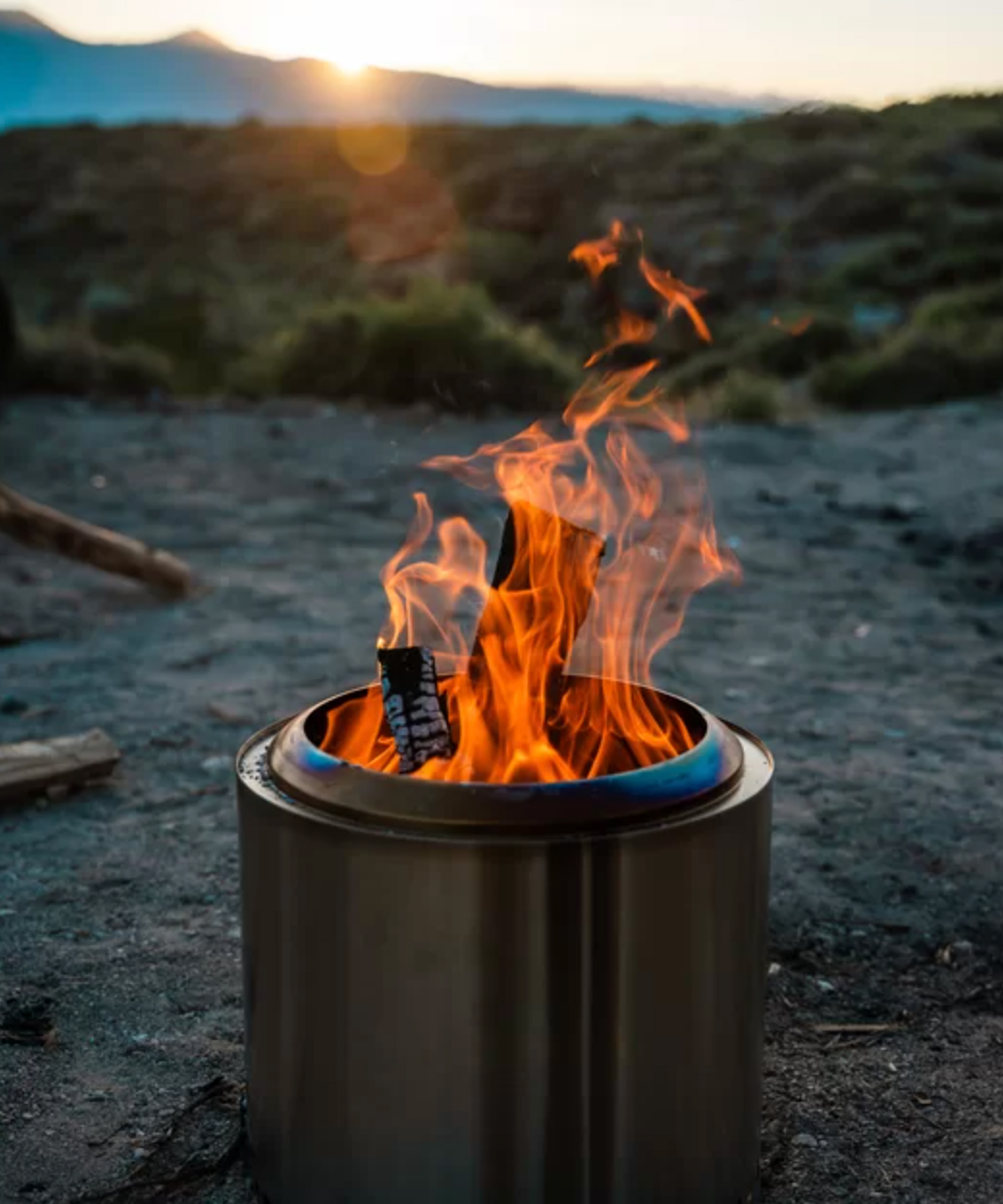
Will a smokeless fire pit still smell good?
Yes! Fred Hoffman, professional camper and chief Editor at The True Wilderness, says that 'even though the smoke will be less visible, the wood will still release its natural oils and scent.'
You don't have to compromise on the quality of air around you to enjoy the magic that is a burning fire pit. Make yours smokeless and you get to enjoy all the benefits without that annoying and polluting smoke.
Join our newsletter
Get small space home decor ideas, celeb inspiration, DIY tips and more, straight to your inbox!
Anna is a professional writer with many years of experience. She has a passion for contemporary home decor and gardening. She covers a range of topics, from practical advice to interior and garden design.
-
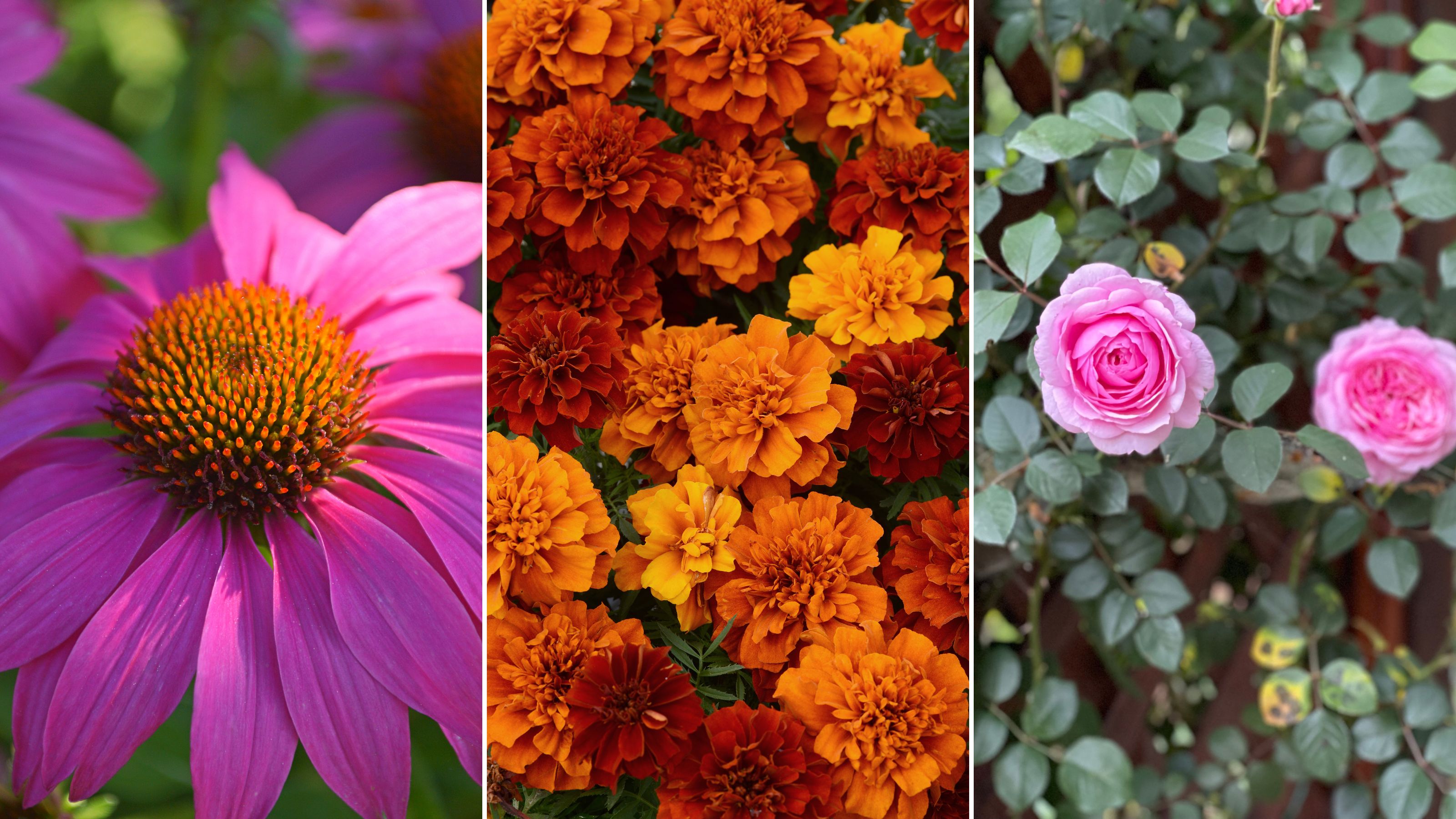 The 7 flowers to plant in August, according to gardening gurus
The 7 flowers to plant in August, according to gardening gurusKnowing what flowers to plant in August isn't always so clear-cut. But that's why we called in help from pro planters — here's what they said to pot.
By Becks Shepherd Published
-
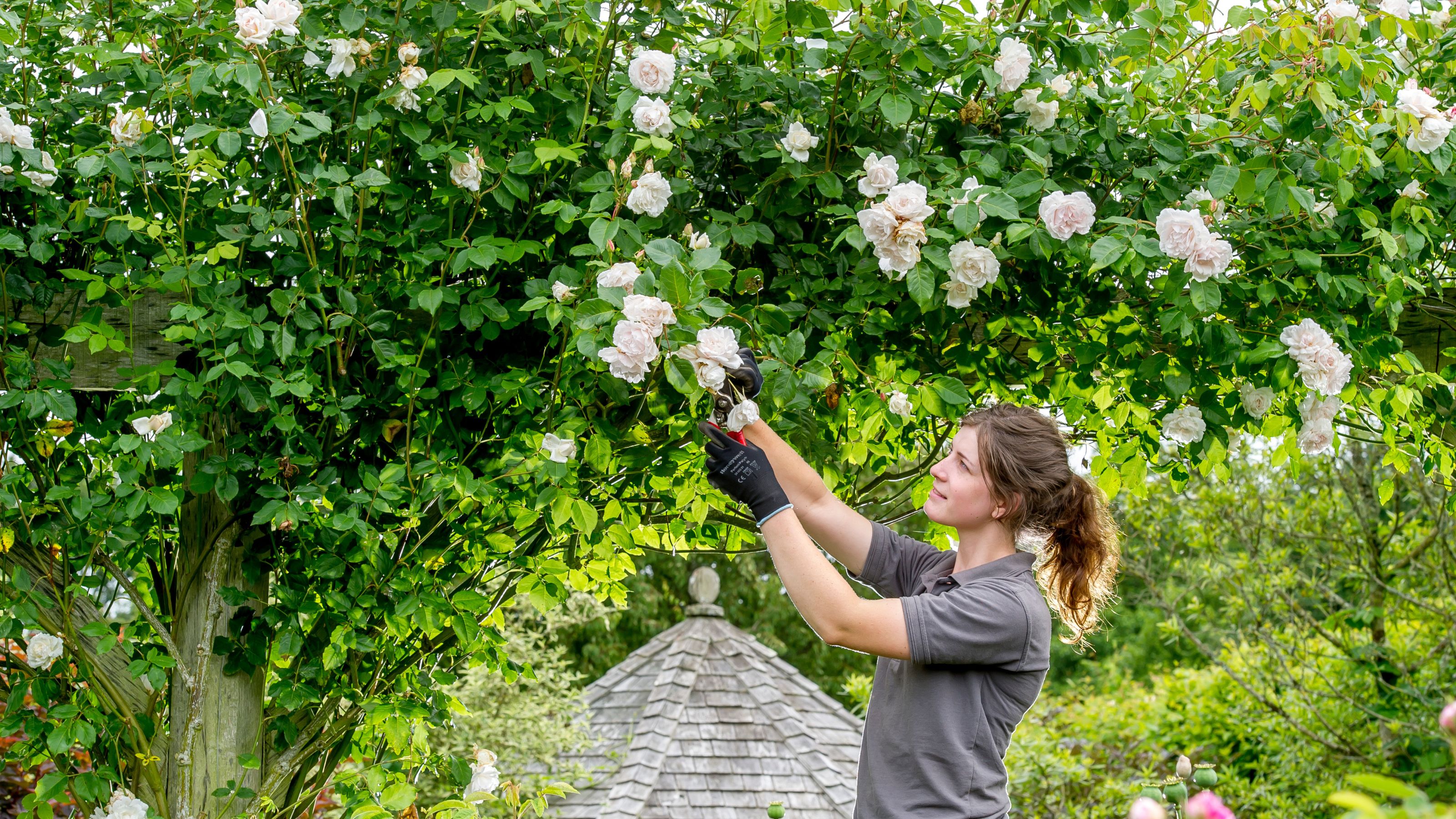 The 7 plants to prune in August — and the 2 pieces of greenery you shouldn't touch
The 7 plants to prune in August — and the 2 pieces of greenery you shouldn't touchWondering what plants to prune in August? We asked a gardening expert for their top tips plus info on what pieces of greenery to avoid pruning this month
By Becks Shepherd Published
-
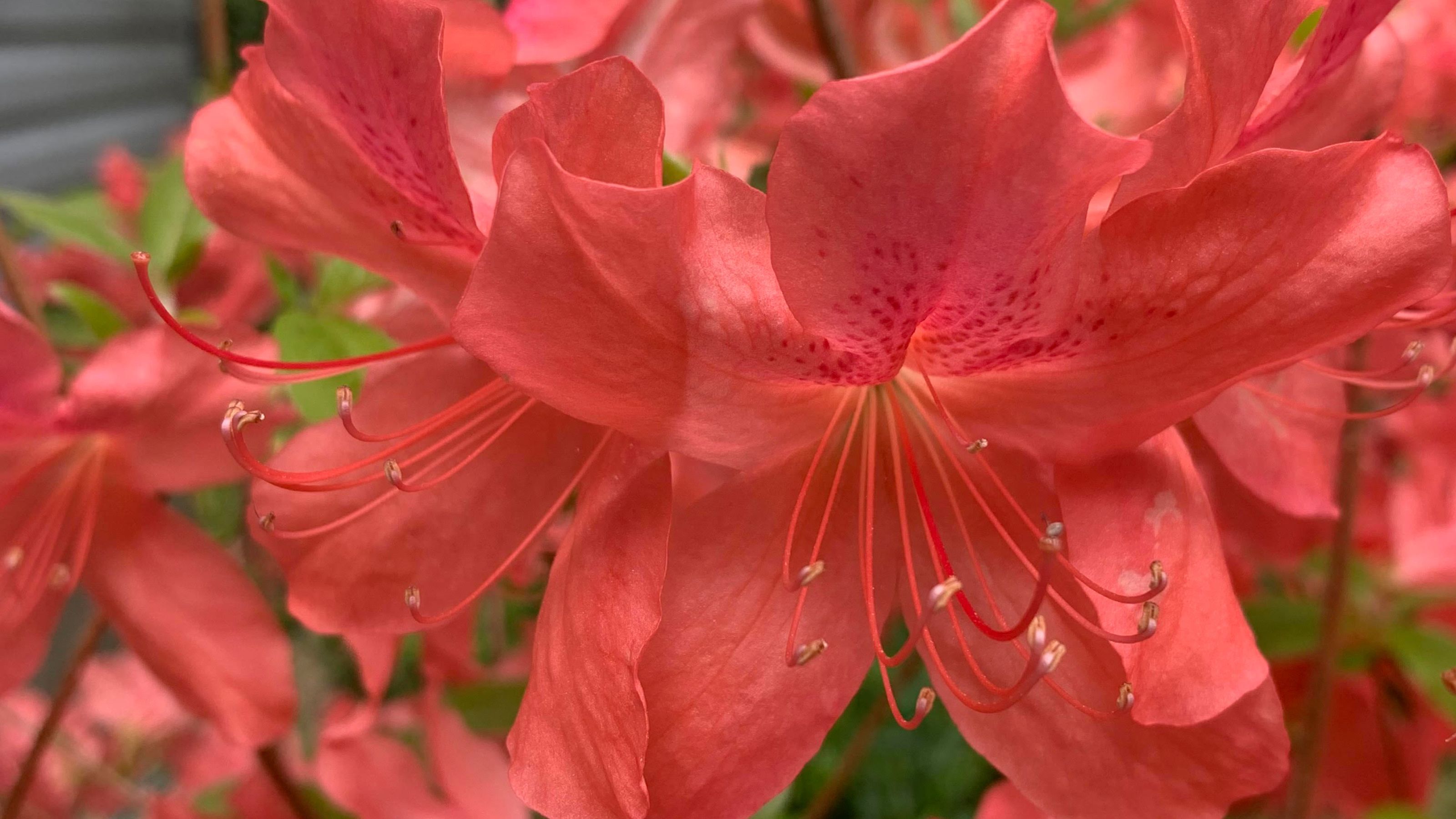 Do you need to deadhead azaleas? Top tips for pruning these flowering shrubs
Do you need to deadhead azaleas? Top tips for pruning these flowering shrubsWondering whether you need to deadhead azaleas? We asked a gardening expert for their top tips for looking after these blooms
By Becks Shepherd Published
-
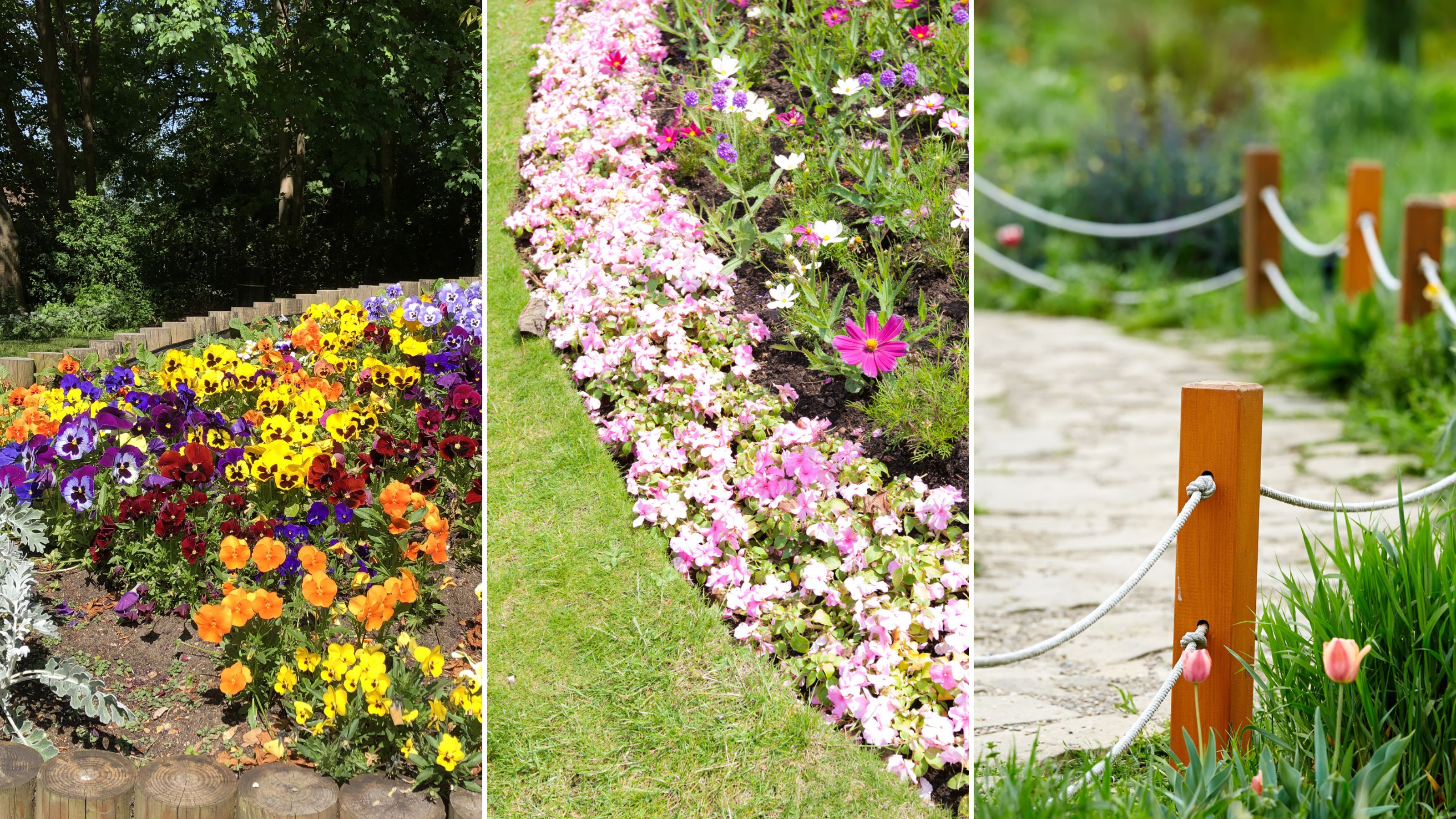 14 lawn edging ideas that will add definition and style to your backyard
14 lawn edging ideas that will add definition and style to your backyardWant to neaten up your lawn with lawn edging ideas? From fresh flowers to laidback bricks, we've scouted out materials and styles that look brilliant
By Eve Smallman Published
-
 Which houseplants are toxic to dogs? Vet experts pinpoint problem plants and solutions
Which houseplants are toxic to dogs? Vet experts pinpoint problem plants and solutionsWondering Which houseplants are toxic to dogs? We spoke to vets about the problematic leafy greens, what they trigger in dogs, and how to find a solution
By Danielle Valente Published
-
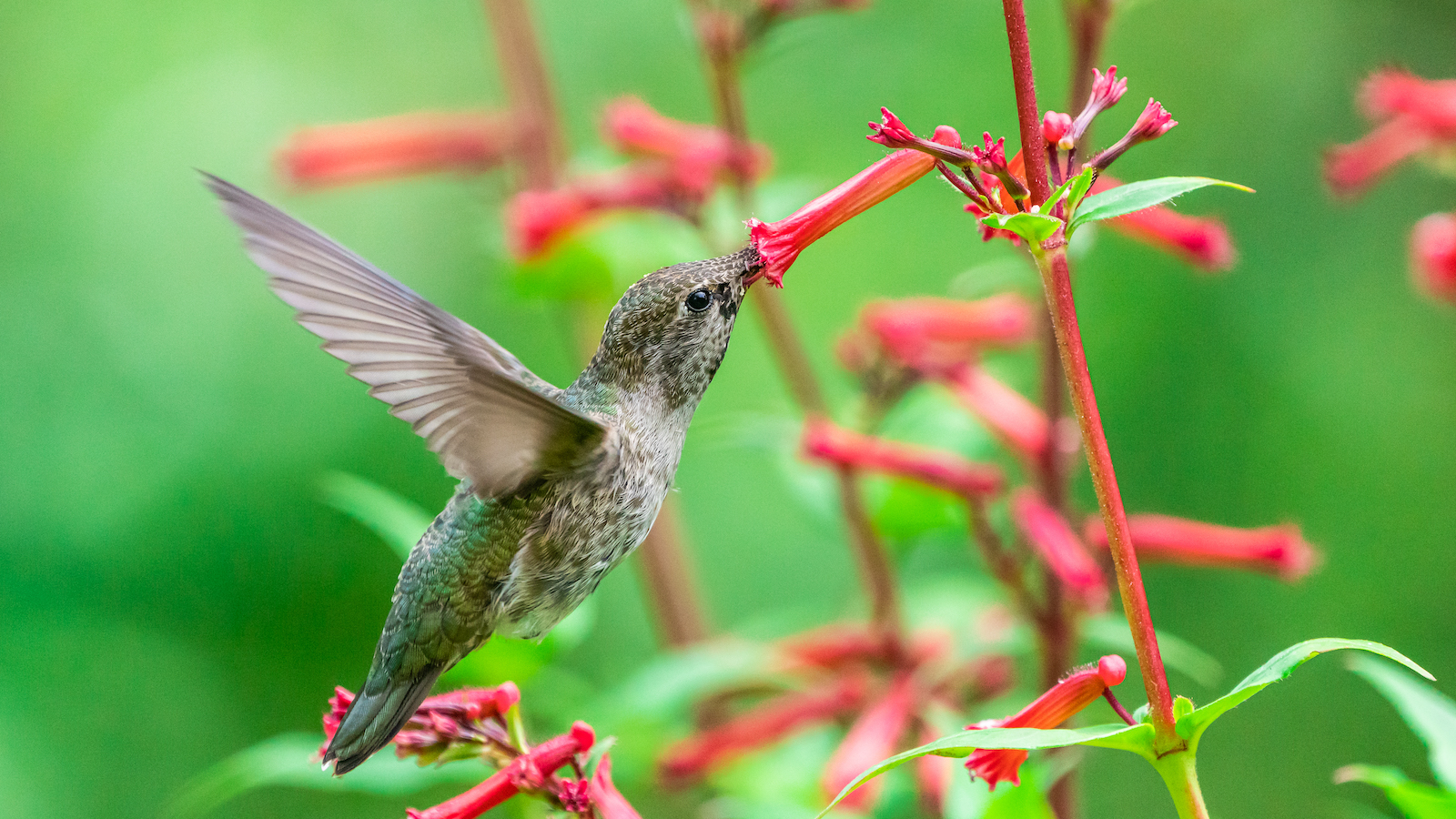 How to attract hummingbirds to your backyard, according to ornithologists
How to attract hummingbirds to your backyard, according to ornithologistsTrying to figure out How to attract hummingbirds to your backyard? These ornithologist-backed tips will guarantee you visitors in no time
By Danielle Valente Published
-
 Does hydrangea bloom every year? Pros spill the dirt on the "garden favorite" and when to expect it
Does hydrangea bloom every year? Pros spill the dirt on the "garden favorite" and when to expect itWondering, "Does hydrangea bloom every year"? We asked the pros all about the garden favorite and how often to expect them — here's the dirt.
By Danielle Valente Published
-
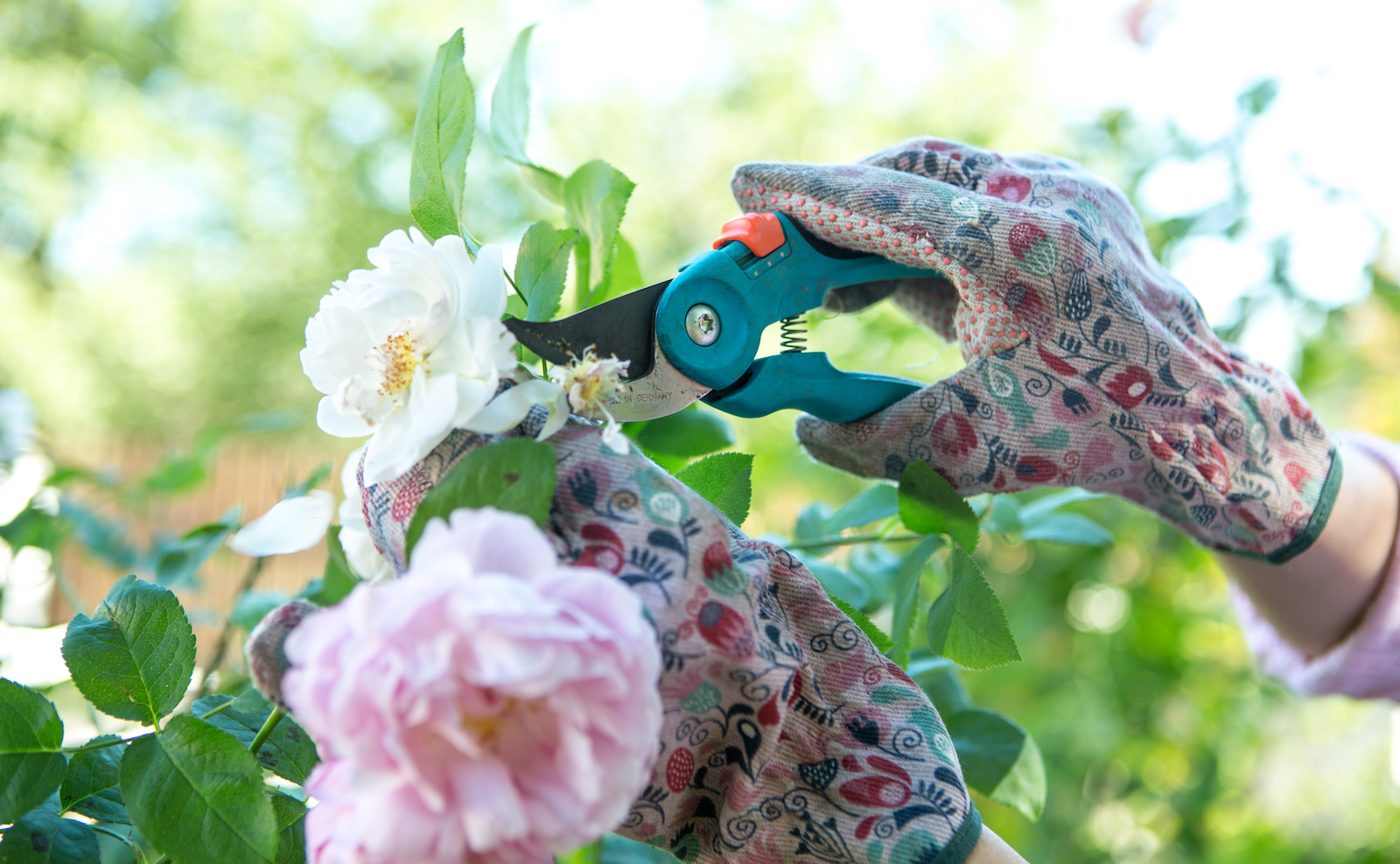 What to prune in spring — experts reveal how to get a lush, full garden
What to prune in spring — experts reveal how to get a lush, full gardenCurious what to prune in spring? We asked gardening experts for their top tips for a luscious, thriving garden
By Danielle Valente Published